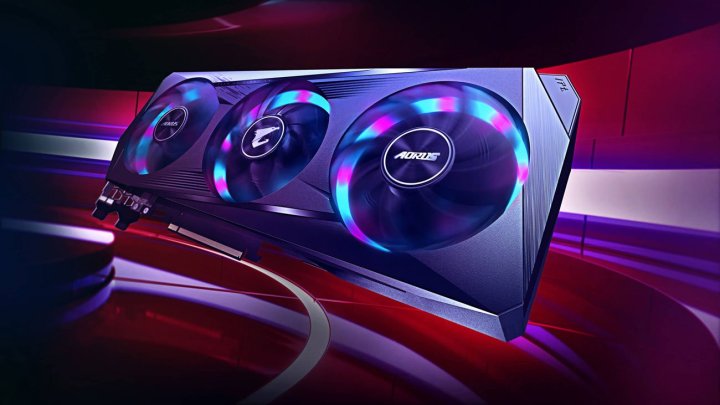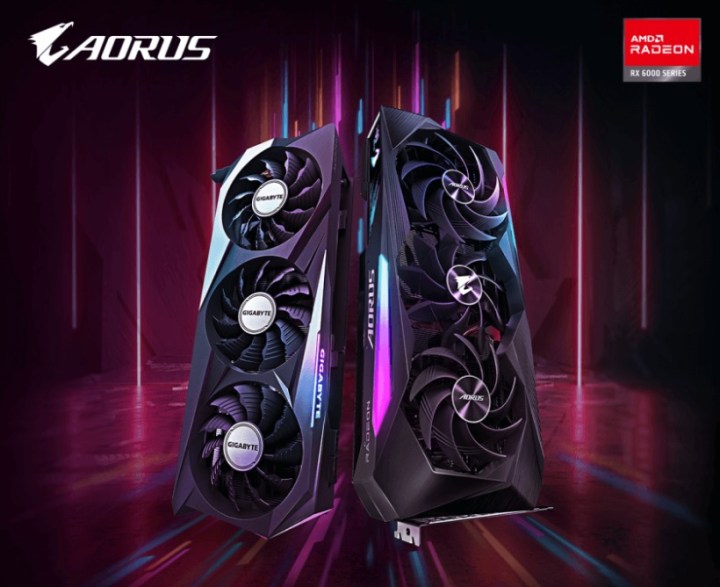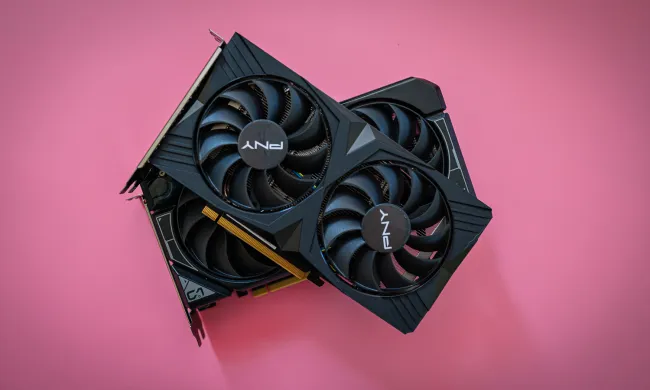
According to a recent leak, fans of AMD graphics cards will soon have some new options. Gigabyte’s versions of AMD Radeon RX 6600 XT GPUs have been listed by the Eurasian Economic Commission (EEC), which likely means that several custom models of the Radeon RX 6600 XT are likely to hit the market soon. We also now know more about the specs of the upcoming AMD 6000-series graphics cards.
It seems that Gigabyte is preparing to release at least six new graphics cards. All of the GPUs feature Gigabyte’s custom design and are categorized as either Gaming, OC, and Eagle. The model names of the GPUs have already been revealed. The six that we already know of are:
- Gigabyte RX 6600 XT Eagle
- Gigabyte RX 6600 XT Eagle OC
- Gigabyte RX 6600 XT Gaming
- Gigabyte RX 6600 XT Gaming OC
- Gigabyte RX 6600 XT Gaming PRO
- Gigabyte RX 6600 XT Gaming OC PRO
The new cards are based on AMD’s signature RDNA2 architecture. Launched in November 2020, RDNA 2 has been present in all of the RX 6000-series cards. This architecture has allowed AMD to offer fully hardware-accelerated ray tracing.
There is one thing that sets the AMD Radeon RX 6600 XT apart from its predecessors. It’s rumored to be the first Navi 23 SKU graphics card for gamers. AMD has previously released several Navi 23 SKU cards, but they were not intended for the gaming sector. Examples of such cards include the Radeon RX 6600M for mobile devices and the Pro W6600 for workstations.

According to the listings found at EEC, all of the Gigabyte models of the RX 6600 XT will feature improved Windforce cooling. They will also come with 8 GB of GDDR6 memory. As AMD has already announced the details of the chips found in these cards, we can take a closer look at the specifications.
AMD Radeon RX 6600 XT is going to be powered by the Navi 23 XT GPU. Navi 23 measures 237mm2 and consists of 11.06 billion transistors, making it a fairly small chip. It’s not the smallest RDNA2 chip, however, as Navi 24 is even smaller.
The card will offer 32 compute units or 2,048 stream processors. It also comes with an impressive 32MB Infinity Cache that is responsible for increasing bandwidth performance. As the pin speeds are going to be kept at 16Gbps, the total bandwidth is expected to be 256GB/s. Lastly, the 8GB of GDDR6 VRAM is supported by a 128-bit wide bus interface.
In a 3DMark Time Spy benchmark, the card has scored 9,439 points. The specs and the benchmark both imply that the AMD Radeon RX 6600 XT is going to be an affordable solution for 1080p gaming. It’s likely that this card will not look to outperform the best graphics cards from the high-end segment. It will, however, outperform Nvidia’s RTX 3060, and will thus present a viable solution for many gamers.
While we don’t know the pricing of these new cards, it’s likely that the MSRP will be around $300 if AMD wants to compete with Nvidia’s RTX 3060. No release date has been announced as of yet, but chances are that we will hear an official announcement soon.



